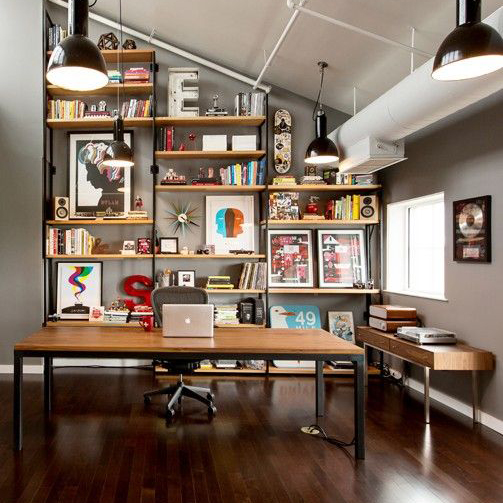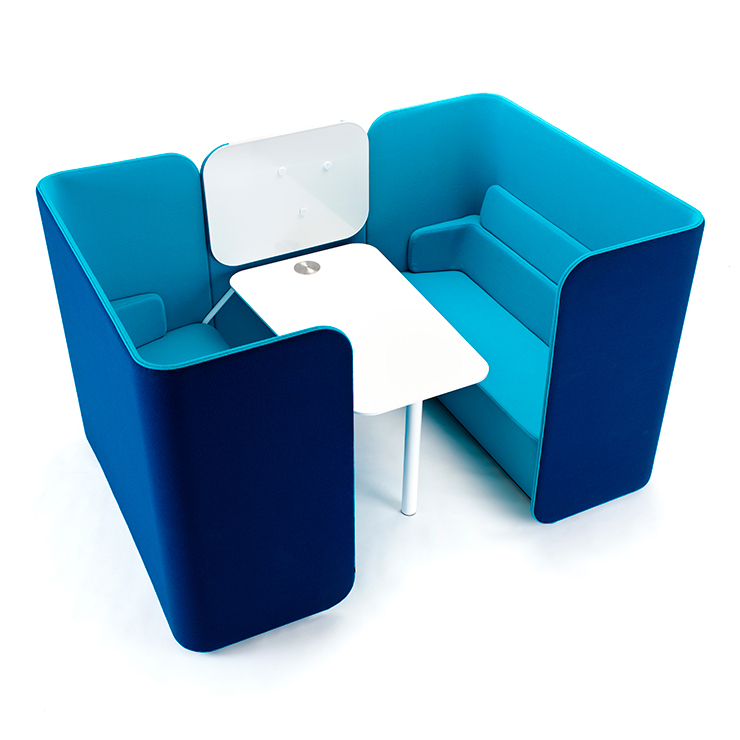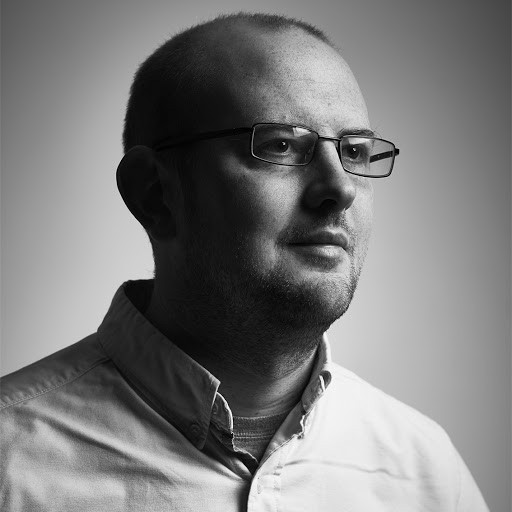7 ways to make your design studio a better place to work
How to develop a healthier culture in your design agency.
Starting, and growing, a design studio is no mean feat. It requires a huge investment of time, effort and creative energy, as well as the inevitable financial outlay of getting a business off the ground.
You need to choose the right design tools for the job, including hardware, software and other equipment. If you spend a lot of time out of the office, there are tools to help you work remotely as a designer too.
There are plenty of digital project management and collaboration tools, as well as productivity tools to help you stay focused. But running a happy, creative design agency is about more than just putting your head down and staring at a computer screen to get the job done. It's also important to create the right environment to keep your team happy and motivated, and sometimes, that involves getting off the computer and being a bit more hands-on.
Read on to discover seven inspiring ways to do exactly that...
Provide shared refreshments

For many design agencies, having a shared kitchen - maybe even a bar - can be invaluable. Cooking, eating and drinking together is a great way for teams to bond outside of the demands of the latest project.
Smaller studios may well not have the space or money to install a full-blown kitchen, of course. But investing in a decent-quality shared coffee machine for the team, for instance, can go a long way - and it makes a change from a water-cooler in terms of encouraging casual encounters and conversations.
Google has a rule whereby no employee can be more than 150 feet from a source of food - whether it's a restaurant, a cafeteria, or a micro-kitchen. But whatever shared refreshment area you can afford, keep it as informal and relaxing as possible.
Daily design news, reviews, how-tos and more, as picked by the editors.
Introduce flexible seating

Creativity doesn't tend to flourish in fixed cubicles, and there are lots of ways to encourage your team to mix more freely, and collaborate in new ways to get fresh perspectives on a project.
That could be as simple as encouraging employees to move around the studio rather than allocating them a workspace, and some people respond to this really well - it stop things becoming stagnant, and builds more links within the team.
Putting desks and other furniture on wheels can make the whole studio space even more dynamic and flexible, so you can adjust the setup quickly and easily depending on who's working on what.
Create an inspiration wall

Any designer worth their salt knows that inspiration can come from anywhere, and part of creating an inspiring working environment in your design studio is to provide as many potential sources of it as you can.
Crisp, clean white walls and minimalist desks can be soothing for some, but you could also consider a beautiful bespoke mural, framed prints, or just a collection of cool objects and artefacts to help inject some personality into the studio.
Make this collaborative, too: get everyone involved in shaping the space. Try creating a shared inspiration wall, or install some floor-to-ceiling shelving, and encourage your team to contribute their own suggestions to the studio's pool of inspiration.
Show everyone's work in progress

Many design agencies advocate throwing ideas up on the wall. Not just for presentations and creative review meetings, but to invite ongoing constructive feedback from everyone in the studio - not just those working on the project.
There are multiple ways to do this: at its most basic, fixing printouts to the wall with tape or sticky tack can work, although it'll take its toll on the studio's paint job, and you may need to increase your redecorating budget.
Alternatively, invest in some dedicated work-in-progress spaces. Depending on the look and feel of your studio, options could include a giant cork board with push pins, a metal board with magnets, or something more unusual like a fabric and Velcro combo, or even strings with miniature pegs. Whatever suits you.
Strive for the most natural light possible

Not everyone can afford a bright, airy, spacious studio with inspiring views, flooded with natural light through giant windows and skylights. If your office is short of these things, fluorescent strip-lights can get depressing and sap creativity.
If artificial lighting is the only option, invest a bit more to get conditions as natural as possible. If you can afford them, full-spectrum lights are the closest you can get, ideal for design-based tasks where perfect colour rendition is needed.
There are two variables to check: first, the colour temperature, which is measured in Kelvin. A classic yellow-orange tungsten bulb would be around 2700K, rising to 6500K for a cold, blue full-spectrum light.
Secondly, the Colour Rendering Index (CRI) measures a light source’s ability to render colours faithfully, shown as a percentage. The best possible CRI, which a full-spectrum light will deliver, is around 96 per cent.
Install a giant communal table

Another great way to encourage a collaborative, open vibe in your design agency is to introduce large communal desks, rather than separate workstations. If you have a large-enough studio space, a giant table in the centre can help facilitate discussion and sharing of ideas.
If you can afford it, a custom-made table could be a real centrepiece, as well as guaranteeing a perfect fit in your studio space. If the room isn't square, for instance, consider taking the work surface around corners, and into different spaces.
A particularly extreme example is Mother London's famous giant concrete desk, which swoops all around the agency in a 250-foot loop, and accommodates approximately 200 employees, each of whom swap around every few weeks to keep things fresh.
Create pop-up breakout spaces

Flexibility can aid creativity, and the ability to customise your studio space with different breakout and collaboration areas can be hugely rewarding.
Movable walls and pods, filled with comfortable, easily arranged seating such as bean bags or stools keeps things relaxed and chilled, so groups of different sizes can talk through ideas in somewhere less formal than a meeting room, as well as luring them away from the computer screen.
Read more:

Nick has worked with world-class agencies including Wolff Olins, Taxi Studio and Vault49 on brand storytelling, tone of voice and verbal strategy for global brands such as Virgin, TikTok, and Bite Back 2030. Nick launched the Brand Impact Awards in 2013 while editor of Computer Arts, and remains chair of judges. He's written for Creative Bloq on design and branding matters since the site's launch.
